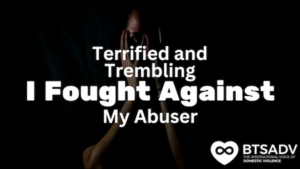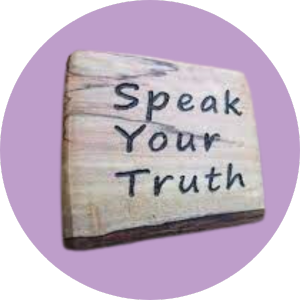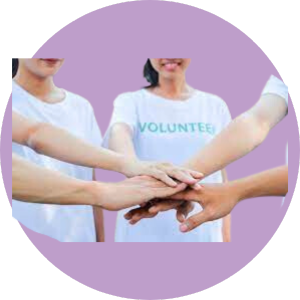
It’s been 39 years since President Ronald Reagan formally established April as Child Abuse Prevention Month. This is a time where it is absolutely essential to understand and recognize what not only constitutes as child abuse but precisely how to respond to the signs. In working to both raise awareness and eradicate any and all stigmas, perhaps there will exist a day where all children have accessibility to a safe and healthy adolescence.
History of the Child Abuse Prevention and Treatment Act
Enacted on January 31, 1974 by then-President Nixon, CAPTA was a direct legislative
Enacted on January 31, 1974, by then-President Nixon, CAPTA was a direct legislative address of child abuse and neglect within the United States. This acted as a federal attempt to provide victim care, child services and formulate organizations for those who are survivors. The Act defines child abuse and neglect, per the CAPTA Reauthorization Act of 2010, as “any recent act or failure to act on the part of a parent or caretaker which results in death, serious physical or emotional harm, sexual abuse or exploitation, or an act or failure to act which presents an imminent risk of serious harm[1].” Alongside the reauthorization of the act by President Barack Obama, as is pictured below, there additionally included the Family Violence Prevention and Services Act (FVPSA).

Four Major Types of Child Abuse
Though child abuse is certainly an opened-ended and layered topic, it is often differentiated into four major categories, those being neglect, physical, sexual, and emotional/psychological abuse. Statistics show that approximately one in four children experience abuse or neglect within their youth, of these cases, 18% are abused physically, 78% are neglected and 9% are abused sexually[3]. Any injury that stems from physical aggression constitutes physical abuse, such as beating, slapping, pushing, or burning. It is also important to note that harsh physical punishment can very easily be considered abuse. Sexual abuse is definitively any and all sexual acts enacted by an adult onto a child, including but not restricted to fondling, commercial exploitation, and violations of bodily privacy. Emotional child abuse, also knowns as verbal, mental or psychological abuse is any non-physical mistreatment that could potentially have a negative mental impact on a child. This can come from parents, caregivers, siblings, or even bullying peers. Neglect is the most common form of child abuse[4], and can include a failure to provide appropriate physical care, educational care, and emotional support.
Recognizing the Signs
One of the essential ways by which children can be spared of abuse and neglect is through recognizing the signs and symptoms. It is imperative that both individuals who work in childcare and those who do not are educated on how to pay direct attention to vulnerable adolescents.

Some of the most common signs of neglect may not always be a physical bruise or inexplicable injury, though those are certainly symptoms that are important to look out for. Nevertheless, a child who is being abused may begin to withdraw from friends, their studies, and their usual activities. They may become angry, anxious, depressed, or present rebellious behaviors that are otherwise out of character for them.
In fact, according to ChildSafe, a Texas based non-profit organization dedicated to abused and neglected children, there are “10 Signs of Child Abuse.” The signs are as follows: changes in behavior, physical or emotional acts of regression, a fear of going home, a change in eating habits, changes in sleeping, changes in school performance and attendance, lack of personal care, risk-taking behaviors, and inappropriate sexual behaviors[6].
Statistics
One of the most beneficial ways to raise awareness surrounding child abuse is through proper education and exposure to the dark realities that some children experience. By keeping society privy to the real cases, the irrefutable statistics, we can better aid those who have faced such inexplicable horrors. Some of the most disheartening studies show that a child is abused or neglected every 47 seconds in the US and more than 3 million adolescents experience at least one situation of abuse annually.

Where to go Next?
Moving forward, it is imperative that society collectively work toward eradicating situations of abuse and neglect. Additionally, discourse surrounding the long-term effects of abuse must, too, be taken very seriously. Studies show that survivors of abuse can experience lifelong consequences, and not just physically. By the time some reach adulthood, some may experience cognitive delays, speech and language problems, depressions and anxieties, and extreme difficulties within relationships. Plus, there is an irrefutable and strong link between trauma and substance abuse, an entirely different societal battle. Overall, though there is certainly no erasing the pain and abuse people experience in their youth, society, at the very least, can work to prevent future trauma and provide adequate resources.
[1] https://www.childwelfare.gov/pubpdfs/whatiscan.pdf
[2]https://obamawhitehouse.archives.gov/blog/2010/12/20/president-obama-signs-critical-legislation-prevent-child-abuse-and-domestic-violence
[3] https://www.ncbi.nlm.nih.gov/books/NBK470337/
[4]https://www.ncbi.nlm.nih.gov/books/NBK459146/#:~:text=Neglect%20is%20the%20most%20common,shaking%2C%20burning%2C%20and%20biting.
[5] https://news.sky.com/story/staggering-rise-in-child-abuse-images-detected-10252012
[6] https://www.lifestoriesweld.org/10-signs-of-child-abuse/









